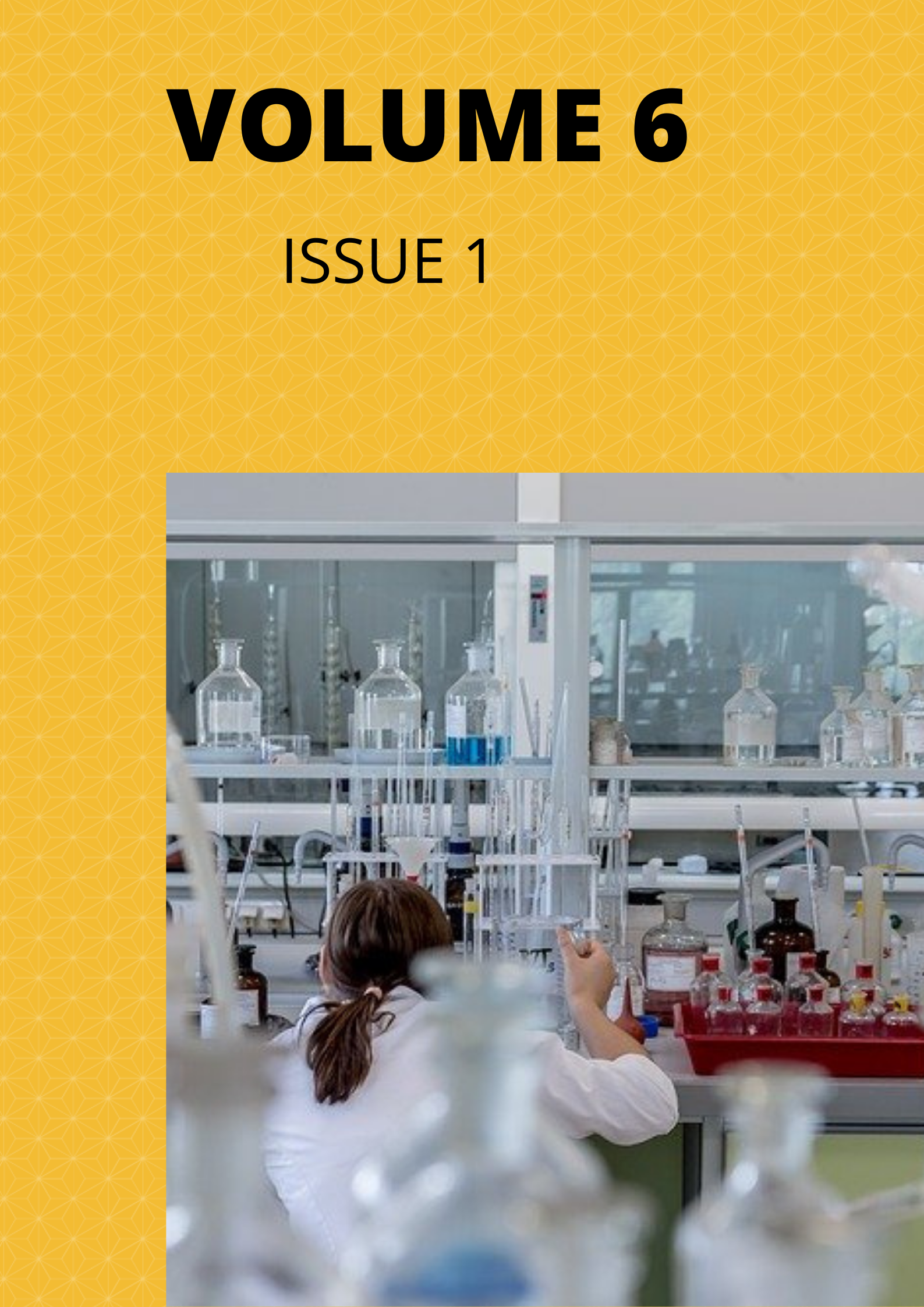Mechanism of Water Absorption Behaviour in Groundnut Shell Powder Filled Waste HDPE Composites
Keywords:
Groundnut shell powder, mechanical properties, mechanism, water absorption, waste high density polyethyleneAbstract
The mechanism of water absorption and its effect on mechanical properties of groundnut shell powder (GSP) reinforced waste high density polyethylene (wHDPE) was studied at different temperatures. The composite samples were developed via melt mixing and compression moulding techniques respectively. The percentage weight fraction of reinforcement was varied (0, 5, 10, 15, 20 and 25 %). The initial rate of water absorption and the maximum were observed to increase for all GSP filled wHDPE composites samples as the weight fraction of reinforcement increases. The maximum moisture uptake at room temperature was 4.77 % after 720 hours of exposure compared to 6.74 % moisture uptake at elevated temperature showing a 6.73 % increase for 25 % GSP-wHDPE composites. This indicates that sorption at room temperature takes longer time to reach equilibrium than sorption at elevated temperatures. The effects of moisture absorption and temperature on several performance parameters such as tensile strength, flexural strength, hardness value and impact strength revealed a decrease in these properties after 720 hours of immersion in distilled water at 27This indicates that long term exposure of GSP-wHDPE composites in water affects the interfacial adhesion between the polymer matrix and the fibre, creates de-bonding, leading to decrease in mechanical properties.
Downloads
Published
Issue
Section
Most read articles by the same author(s)
- Joseph Jacob, Shinggu D. Yamta, Influence of Moisture Absorption on some Mechanical Properties of Groundnut Shell Powder Reinforced Waste LDPE Composites , Communication In Physical Sciences: Vol. 7 No. 4 (2021): VOLUME 7 ISSUE 4
Similar Articles
- Joseph Jacob, Shinggu D. Yamta, Influence of Moisture Absorption on some Mechanical Properties of Groundnut Shell Powder Reinforced Waste LDPE Composites , Communication In Physical Sciences: Vol. 7 No. 4 (2021): VOLUME 7 ISSUE 4
- T. K. Bello, M. T. Isa, S. O. Falope, Physical, Static and Dynamic Mechanical Properties of Waste Paper Reinforced Waste High Density Polyethylene Biocomposite , Communication In Physical Sciences: Vol. 7 No. 2 (2021): VOLUME 7 ISSUE 2
- Paul A. P. Mamza, Casmir E. Gimba , S. A. Yaro, Study on the Mechanical Properties of Low- Density Polyethylene Cow Horn Powder Composite , Communication In Physical Sciences: Vol. 8 No. 2 (2022): VOLUME 8 ISSUE 2
- Bala Yakubu Alhaji, Physical And Mechanical Properties of Composite and Pure Briquettes Produced from Rice Husk, Groundnut Shell and Palm Kernel Shell Using Cassava Starch , Communication In Physical Sciences: Vol. 12 No. 5 (2025): Vol 12 ISSUE 5
- E. Danladi, The Effect of Glass–Kevlar 49 Fibre Loading on the Mechanical, Thermal and Physical Properties of Polypropylene Hybrid Composites , Communication In Physical Sciences: Vol. 5 No. 2 (2020): VOLUME 5 ISSUE 2
- Irene Edem Johncross, Fanifosi Seyi Josiah, Abidemi Obatoyinbo Ajayi, Resource recovery from Sugar Cane Biomass for the Synthesis of Silicon Nanoparticles , Communication In Physical Sciences: Vol. 12 No. 1 (2024): VOLUME 12 ISSUE 1
- Babatunde Ogunyemi, Quantum Chemical Insights into the Antioxidant Mechanisms of Luteolin and Isorhamnetin: Elucidating Structure-Reactivity Relationships, Pharmacokinetics, and Toxicity for Therapeutic Potential , Communication In Physical Sciences: Vol. 12 No. 3 (2025): VOLUME 12 ISSUE 3
- Shuaibu Musa Abubakar, Aliyu Suleiman, Mohammed Abdullahi Baba, Shamsuddeen Umar Abdullahi, Aminu Adamu Bayero, Jamilu Musa Babangida, Investigation of the Effect of Gum Arabic-Rice Husk Hybrid Filler on the Mechanical Properties of Polystyrene Composite , Communication In Physical Sciences: Vol. 12 No. 7 (2025): Volume 12 issue 7
- Mosunmade Aiyejagbara, Kevin Ejiogu, Uche Ibeneme, Tachye N.B Shekarri, A Study On The Effect Of Corn Cob Nano Particles On The Physico-Mechanical Properties Of Waste Expanded Polystyrene , Communication In Physical Sciences: Vol. 12 No. 4 (2025): VOLUME1 2 ISSUE 4
- Uche Ibeneme, Kevin Ejiogu, Aiyejagbara Mosunade, Egere Chidi, Zango Leo, Onyemachi David, Mechanical and Morphological Characterization of Recycled Low Density Polyethylene and Polystyrene Blends at Varying Compositions , Communication In Physical Sciences: Vol. 11 No. 4 (2024): VOLUME 11 ISSUE 4
You may also start an advanced similarity search for this article.




